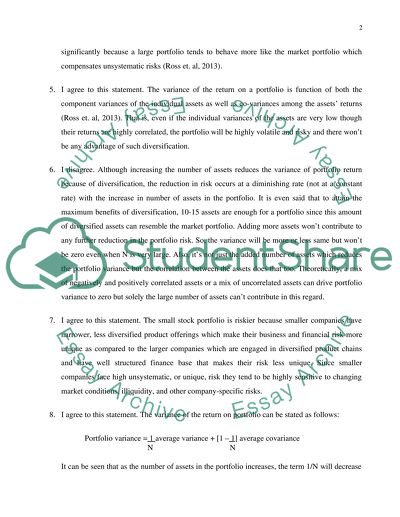Cite this document
(“Corporate Finance Essay Example | Topics and Well Written Essays - 1000 words”, n.d.)
Corporate Finance Essay Example | Topics and Well Written Essays - 1000 words. Retrieved from https://studentshare.org/finance-accounting/1497208-corporate-finance
Corporate Finance Essay Example | Topics and Well Written Essays - 1000 words. Retrieved from https://studentshare.org/finance-accounting/1497208-corporate-finance
(Corporate Finance Essay Example | Topics and Well Written Essays - 1000 Words)
Corporate Finance Essay Example | Topics and Well Written Essays - 1000 Words. https://studentshare.org/finance-accounting/1497208-corporate-finance.
Corporate Finance Essay Example | Topics and Well Written Essays - 1000 Words. https://studentshare.org/finance-accounting/1497208-corporate-finance.
“Corporate Finance Essay Example | Topics and Well Written Essays - 1000 Words”, n.d. https://studentshare.org/finance-accounting/1497208-corporate-finance.


